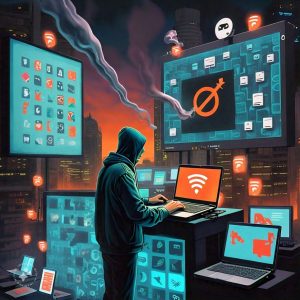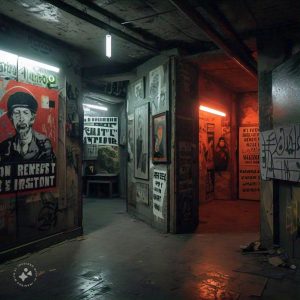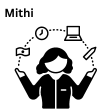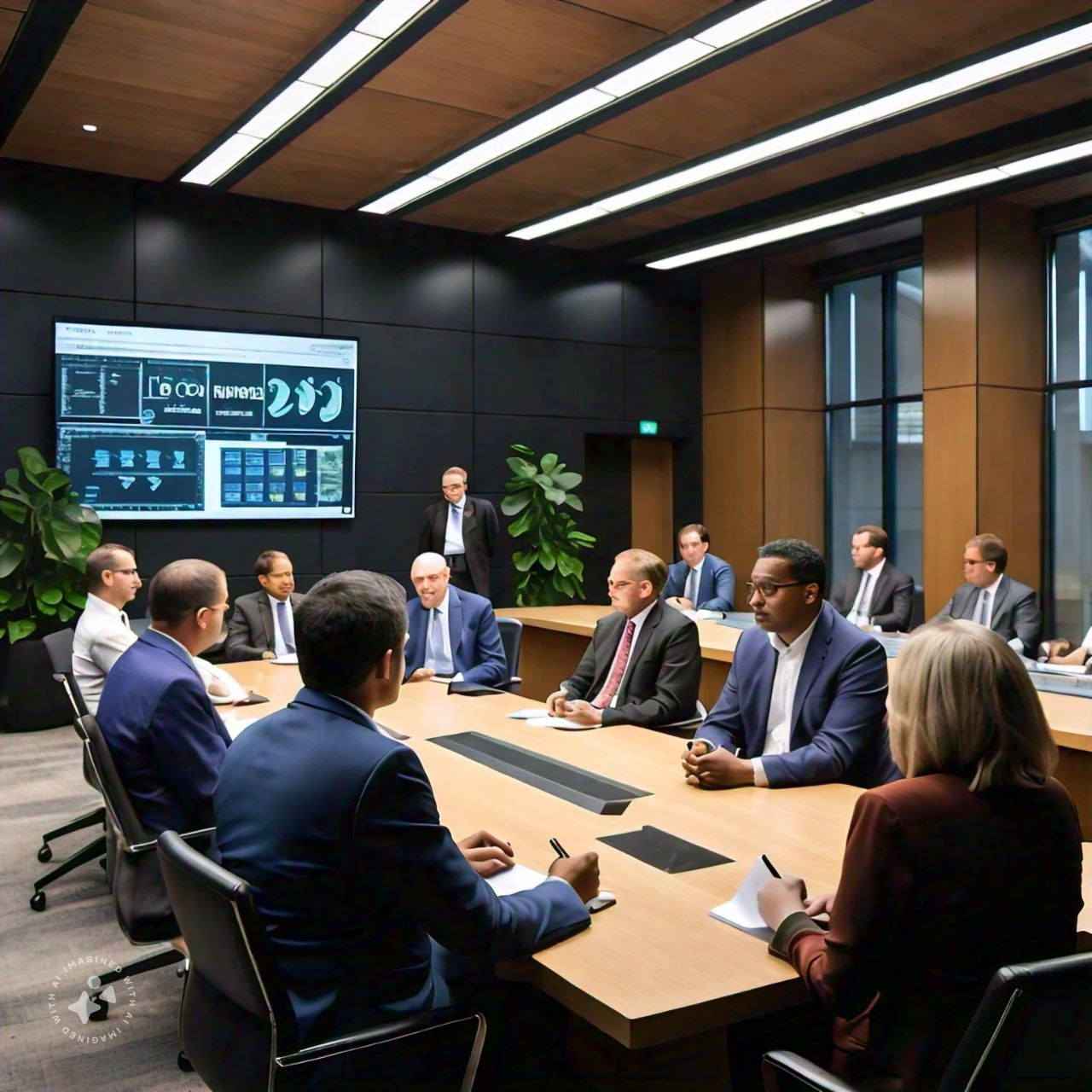Introduction
Censorship in media and arts has been a contentious issue throughout history. From literature to film, painting to music, the tension between creative freedom and societal, political, or moral restrictions is a complex debate. While some argue that censorship protects cultural and societal values, others believe it stifles expression and innovation. This article delves into the evolution, reasons, and consequences of censorship in media and the arts, highlighting notable cases and the role of technology in shaping its future.
The Historical Roots of Censorship
Censorship in the arts is not a modern phenomenon. Ancient civilizations like Rome and Greece imposed restrictions on art, literature, and drama that challenged authority, morality, or religious beliefs. Plato famously argued for the censorship of poetry and drama in his ideal society, believing that such forms of expression could corrupt moral values.
Throughout the medieval era, the Catholic Church was a dominant force in Europe, exercising vast control over cultural and artistic outputs. Works deemed heretical were banned, artists faced persecution, and entire genres of art were stifled to maintain religious orthodoxy.

Political Censorship: Suppression of Dissent
Political censorship has been one of the most powerful tools used by governments to maintain control. In totalitarian regimes, censorship of the media and arts becomes a weapon to suppress dissent and promote propaganda. The Soviet Union, Nazi Germany, and Communist China are examples where governments heavily censored art forms that opposed the state narrative.
During the Nazi regime, modern art movements such as Expressionism and Dadaism were declared degenerate. The works of artists like Pablo Picasso and Wassily Kandinsky were banned, and thousands of pieces were confiscated or destroyed. In the Soviet Union, Socialist Realism was the only permissible artistic style, which glorified the proletariat and state ideals, while non-conforming artists were often imprisoned or executed.
Today, authoritarian regimes still impose strict censorship. In North Korea, artistic expression is heavily controlled, and only state-approved messages are allowed. In China, the government censors films, books, and online content that challenge its rule, and artists like Ai Weiwei have been silenced and arrested for their politically charged works.
Moral and Religious Censorship: Defining Boundaries of Expression
Moral and religious censorship often stems from a desire to protect cultural values and prevent the erosion of societal norms. This kind of censorship can manifest in the form of banning books, music, or films that are deemed sexually explicit, violent, or offensive to religious sentiments.
The United States saw the rise of moral censorship in the 20th century with the establishment of the Hays Code, which imposed strict guidelines on the content of films from the 1930s to the 1960s. Films were banned or altered to remove scenes that portrayed violence, promiscuity, or drug use. Books like Lady Chatterley’s Lover by D.H. Lawrence were banned in various countries for their explicit content, and musicians such as Elvis Presley faced restrictions on their performances due to suggestive lyrics and dance moves.
Religious groups across the world have historically played a significant role in artistic censorship. Islamic nations, for example, often impose restrictions on the depiction of human figures in art and films that violate Islamic teachings. In India, films or artworks that depict gods or religious figures in a way deemed disrespectful have faced public backlash, and sometimes, bans.
Media Censorship in the Digital Age
With the advent of the internet and digital platforms, censorship has taken on new forms. While the internet was initially hailed as a space of freedom and unrestricted expression, governments, corporations, and even social media platforms now regulate content in unprecedented ways.
Tech giants like Facebook, Twitter, and Google have faced scrutiny over their role in moderating content. The challenge lies in balancing free speech with the responsibility to curtail harmful content like hate speech, misinformation, and violent imagery. These platforms implement algorithms and human moderators to take down content that violates community guidelines, but accusations of bias and overreach have led to public debates about censorship in the digital sphere.
Countries like China have built vast internet firewalls to censor online content. The Chinese government controls search engine results, blocks websites, and limits the flow of information to its citizens. In 2020, China heavily censored information related to the COVID-19 pandemic, silencing whistleblowers and restricting reports about the virus’s origins. This form of digital censorship is one of the most sophisticated globally and is continuously evolving to suppress dissent and control public opinion.

Self-Censorship in the Arts
Self-censorship is another phenomenon that has emerged, especially among artists and journalists who face external pressures. Fear of offending certain groups, facing legal action, or risking livelihood leads many creators to avoid controversial subjects. In some cases, artists avoid exploring political topics or controversial social issues out of fear of reprisal.
In the film industry, directors and producers sometimes self-censor their works to appeal to international markets. For instance, Hollywood often edits films to meet the requirements of Chinese censors to gain access to the lucrative Chinese market. This practice of modifying content for foreign audiences raises questions about artistic integrity and the limits imposed by economic incentives.
The Impact of Censorship on Society and Creativity
The most profound consequence of censorship is its chilling effect on creativity and societal progress. When artists, filmmakers, and writers are restricted, society loses out on critical discourse, diverse perspectives, and innovative ideas. History has shown that censorship can delay cultural and social advancement. For instance, the censorship of books such as 1984 by George Orwell limited public discussions about totalitarianism and state control.
However, censorship can also inspire resistance. Underground art movements and subcultures have often emerged as a response to oppressive censorship. These movements challenge the status quo, push boundaries, and contribute to societal change. The work of censored artists often becomes even more powerful as symbols of resistance and freedom.

Conclusion
The Ongoing Battle for Free Expression
Censorship in media and arts will likely remain a topic of debate as societies grapple with balancing free expression with cultural and moral values. As we move further into the digital age, new forms of censorship will continue to challenge creators and audiences. The power of art and media to inspire, challenge, and reflect societal truths makes it a critical battleground for freedom. While censorship has historically stifled voices, it has also sparked creativity and resistance, proving that the human spirit’s need for expression often finds a way to break through the confines of control.
Summary
Censorship in media and the arts remains a complex issue, deeply rooted in historical, political, and moral contexts. The rise of digital platforms has added new layers to this challenge, while self-censorship also complicates the landscape. Ultimately, the debate about censorship revolves around the need to balance the protection of societal values and the preservation of free expression.

